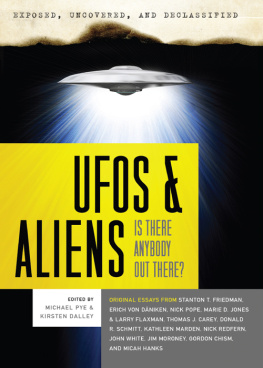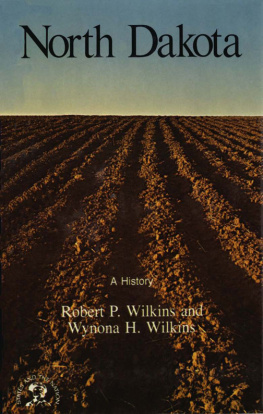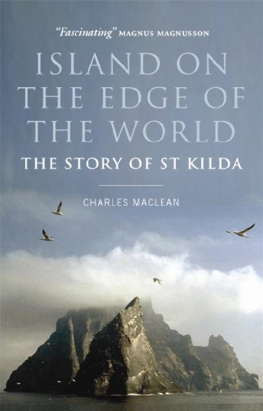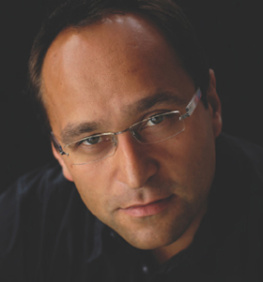Contents
Acknowledgements
A thousand years and a hundred kingdoms is far beyond the competence of just one writer; which is why this book owes everything to the help of others to texts which set me thinking, to the people who suggested, corrected, interpreted and encouraged, and to the institutions that made the work possible. The problem now is: how to share any credit due without sharing the blame, because the latter belongs to me alone.
I would never ask them to admit paternity, but my ideas owe much to Stphane Lebecqs work on Frisia; to Rosamond McKittericks studies of history, memory, writing and reading; to James A. Brundages magisterial account of the start of the legal profession; to Joel Kayes Economy and Nature in the Fourteenth Century; to Judith M. Bennetts work on plague and labour laws; to Tine de Moor and Jan Luiten van Zanden on girl power; and Marina Belozerskayas brilliantly revisionist view of Flanders in the Renaissance. They started me thinking, but that is where their responsibility ends. From there on, I owe this book also to the hundreds of specialists who make it possible to generalize, from the editors of the Monumenta Germaniae Historica in the nineteenth century to twenty-first-century archaeologists whose papers, monographs and reports gave me raw material. Endnotes are nothing like enough to settle debts like these.
I am especially grateful to the people without whose help I would have known less, made more mistakes and gone down many more dead ends. I thank: Simon Bailey; Esther Banki; Rachel Boertjens; Gerhard Cadee; John Carey; Alan Coates; Bernadette Cunningham; Pieterjan Deckers; Geir Atle Ersland; Linn Kjos Falkenberg; Piet Gilissen; Rob van Ginkel; Matthew Goldish; Irene Groeneweg; Gitte Hansen; Harald Hansen; Peter Henderikx; Joe Hillaby; Brian Hillyard; Susan Hitch; Neil Jones; Ephraim Kanarfogel; Espen Karlsen; Willem Kuiper; Rune Kyrkjeb; Carolyne Larrington; Moira Mackenzie; Martin Maw; Roy Meijer; Thomas McErlean; Bernard Meijlink; Liesebeth Missel; Tore Nyberg; Aslaug Ommundsen; Hilde van Parys; Anna Petre; Marnix Pieters; Michael Prestwich; Julian Reid; Anna Sander; Caroline van Santen; Dagfinn Skre; Mlfrid Krohn Sletten; Peter Doimi de Frankopan Subic; Filip Vermeylen; Ed van der Vlist; Yvonne de Vroede; and Anne Winston-Allen.
The librarians of the University of Amsterdam have treated me with such unfussy generosity for years that I cannot imagine working without their help any more. I thank the Bodleian Library in Oxford, the library of St Johns College, Oxford, the Warburg Institute of the University of London and the Wellcome Library in London, the Openbare Bibliotheek in Bruges, the Koninklijke Bibliotheek in The Hague and the Bibliothque Nationale de France in Paris (not least for the inconvenient charm of working at the Richelieu site). I owe much to the library of the University of Bergen, to the Special Collections of St Andrews University, to the Royal Irish Academy in Dublin, and to the Staatsbibliothek in Munich for the online version of the Monumenta Germaniae Historical, which has made wonderfully accessible what used to be dusty and time-consuming. David Rymill at the Hampshire Record Office and Malcolm Boyns at the Warwickshire Record Office were very helpful. I thank the Alumni Office of the University of Oxford for access to JSTOR. And the best of bookshops helped enormously; Im grateful to the wonderful Athenaeum and the knowledgeable men at Architectura et Natura in Amsterdam, and the indispensable Oxbow Books in Oxford.
I also needed more immediate help and I could depend on the prodigious skill of Mary Boyle, who mined brilliantly for the more obscure materials. Verity Allen helped greatly at the start.
The pictures in this book, in the order they appear, are: Vikings from a 1130 ms. of the Life of St Edmund, The Pierrepoint Morgan Library, copyright Photo SCALA, Florence, 2014; scribe from the 1121 Liber Floridus in Ghent University Library; finger counting from a French collection on computus around 1100, copyright The British Library Board; court scene from the 1480 Histoire de la Toison dOr in the Bibliothque Nationale de France; images of fishing from Olaus Magnus: Historia de gentibus septentrionalibus (Rome, 1555), the Bridgeman Art Library; Hansa harbour from the Hamburg Staatsarchiv, the 1497 Van Schiprechte; road building from Jean de Guise, Chroniques de Hainault, in the Bibliothque Royale de Belgique; art-dealing from a painting around 1590 by Franois Bunel II, in the Royal Picture Gallery Mauritshuis, The Hague; bathhouse from a 1470 edition of Valre Maxime, Faits et dits mmorables in the Bibliothque Nationale de France; the sea monster from a thirteenth-century manuscript, MS Ashmole 1511, in the Bodleian Library, Oxford; the toy sea monster was made for an Antwerp parade and drawn for Joannes Bochius, Descriptio Publicae Gratulationis (1594, also in the Bodleian). I am very grateful to everyone librarians and photographers alike for their help in making these images available; and to Huw Armstrong for his help in the research.
Along the way my old Oxford college, St Johns, gave me a room while I was digging in the Bodleian, and David and Joyce Robinson were the kindest of hosts in Edinburgh. In Amsterdam, the people at Rsidence Le Coin must sometimes have wondered if I was ever going to leave, and still they smiled; I thank Corina, Rik, Dimitri, Jesse and the others for their kindness, and their coffee. My good friends Emma, Peter and Alfred Letley, Lynda Myles, Sharon Churcher, Wesley van den Bos, Mickle OReilly and Penny Morley, and Lidewijde Paris cheered me on, especially in the last stages when the circumstances turned dark.
You might never have read this book without the zest and attention of Venetia Butterfield at Viking in London, alongside Jillian Taylor, who steered and nursed the book to publication, and Ellie Smith, Mark Handsley and Emma Brown, whose care improved everything. The maps are the work of the brilliant Phillip Green. I owe the cover to John Hamiltons eye. The index was made by Douglas Matthews. And the book might not have been begun, let alone finished, without three men. David Godwin, my most humane and ruthless agent, staged a resurrection for me; I am very grateful, but then David is becoming famous for miracles. Will Hammond, who commissioned the book at Viking and guided it along was clever, exact, supportive and properly sceptical about any date I typed; I owe the book to all his enthusiasm and his care. And my partner, John Holm, made the book possible because he makes my life possible. I would mention the dogs, but Im told it is now considered bad form to thank dogs and professors on the same page
London, 17 March 2014
1.
The invention of money
The Roman army on manoeuvres: first century CE, on the North Sea coast, roughly where Belgium now stops and the Netherlands starts. Plinius Secundus was one of the commanders, and when he came to write his famous natural histories, he remembered what he had seen.
There were wide salt marshes and he saw no trees at all. He could not make up his mind if he was on the land or on the sea. There were houses built on hillocks and he thought they looked like ships in the water, or maybe more like shipwrecks; he reckoned the houses must be built that way to escape the worst daily surges of the tides. He sounds almost nervous in this strange marsh landscape, being an inland Roman and used to having the ground stay firm under his boots; now he was looking out at a landscape of shifting clay, all cut up with creeks and gullies where the tides pushed salt water in and out. He might as well have left the empire altogether because this coast was cut off from the mainland by lagoons and brackish peat, as good a frontier as the forests that kept whole peoples apart, better than any river. To reach the marshes, and the water people who lived there, you had to know the marshes. You also had to be welcome, because you would be seen.










